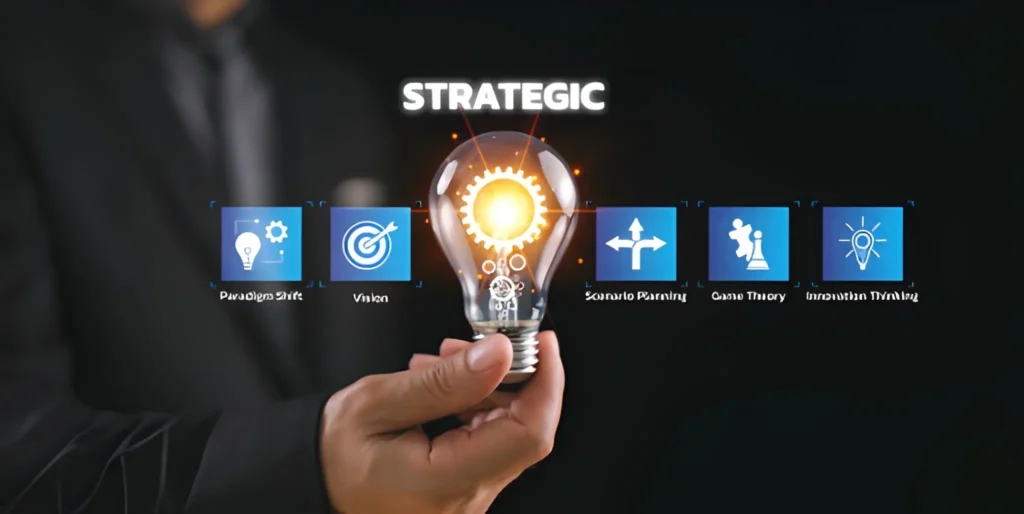The construction industry stands at a crossroads. While traditional approaches have served developers for decades, the rapidly evolving landscape demands fresh thinking and innovative strategies. Smart development isn’t just about using the latest technology—it’s about making informed decisions that maximize value, minimize risk, and create lasting impact.
Successful developers understand that today’s projects require a holistic approach that considers market dynamics, sustainability requirements, and long-term operational efficiency. The most profitable developments emerge from strategic planning that anticipates challenges before they arise and capitalizes on emerging opportunities.
Understanding Market Intelligence
Data drives smart development decisions. Before breaking ground, successful developers invest significant time analyzing market conditions, demographic trends, and economic indicators. This research phase often determines the difference between a profitable venture and a costly mistake.
Location analysis extends beyond simple foot traffic or proximity to amenities. Modern developers examine school district ratings, crime statistics, employment growth patterns, and infrastructure development plans. They also consider factors like zoning changes, planned public transportation routes, and economic development initiatives that could impact property values.
Demographics tell a compelling story. Population growth rates, age distributions, and income levels provide crucial insights into demand patterns. A neighborhood experiencing an influx of young professionals requires different amenities than one attracting growing families. Understanding these nuances allows developers to tailor their projects accordingly.
Financial Strategy and Risk Management
Smart financing separates successful developers from those who struggle. The best developers maintain diverse funding sources and avoid over-leveraging their projects. They understand that market conditions can shift quickly, and flexibility becomes crucial when unexpected challenges arise.
Construction costs fluctuate based on material prices, labor availability, and regulatory changes. Experienced developers build contingency funds into their budgets, typically ranging from 10-20% of total project costs. They also establish relationships with multiple contractors and suppliers to avoid dependency on single sources.
Cash flow management requires careful attention. Developers must balance initial capital requirements with projected revenue streams. Pre-sales and leasing agreements can provide valuable cash flow during construction, but they also create delivery obligations that must be met regardless of unforeseen circumstances.
Design Excellence and Functionality
Architecture significantly impacts both immediate marketability and long-term value retention. Smart developers prioritize designs that appeal to their target demographic while incorporating features that enhance operational efficiency.
Energy-efficient systems reduce operating costs and appeal to environmentally conscious buyers and tenants. LED lighting, high-efficiency HVAC systems, and smart building technologies create immediate value propositions. These features often qualify for tax incentives and rebates that improve project economics.
Building commissioning ensures that mechanical, electrical, and plumbing systems operate as designed from day one. This process identifies potential issues before occupancy, reducing maintenance costs and tenant complaints. Proper commissioning also validates that energy-efficient systems deliver promised performance levels.
Space optimization maximizes revenue potential. Modern tenants and buyers expect flexible layouts that adapt to changing needs. Open floor plans, convertible spaces, and abundant natural light consistently rank high in buyer preferences across residential and commercial sectors.
Technology Integration
Smart buildings attract premium tenants and buyers willing to pay higher rents and purchase prices. IoT sensors, automated systems, and integrated security platforms create operational efficiencies that benefit both owners and occupants.
Property management software streamlines maintenance requests, lease administration, and financial reporting. These systems reduce administrative overhead while improving tenant satisfaction through faster response times and better communication.
Digital marketing reaches targeted audiences effectively. Virtual tours, drone photography, and 3D renderings allow potential buyers and tenants to experience properties remotely. This technology proved invaluable during the pandemic and continues to accelerate decision-making processes.
Sustainability and Future-Proofing
Environmental considerations increasingly influence development decisions. LEED certification and other green building standards command premium pricing while reducing operating costs through lower utility consumption.
Sustainable materials and construction methods often cost more initially but deliver long-term benefits through reduced maintenance requirements and improved durability. These investments also position developments favorably as environmental regulations become more stringent.
Climate resilience protects long-term value. Flood zones, hurricane patterns, and extreme weather events require careful consideration during site selection and design phases. Insurance costs and availability increasingly reflect these risk factors.
Regulatory Navigation
Zoning laws, building codes, and permit processes vary significantly between jurisdictions. Experienced developers build strong relationships with local officials and understand approval timelines that impact project schedules.
Environmental impact studies, traffic analyses, and community input sessions require careful coordination. Addressing these requirements proactively prevents delays and cost overruns that can derail project economics.
Compliance ensures smooth operations. Building commissioning verifies that completed projects meet all applicable codes and standards. This verification protects developers from liability issues and ensures that certificates of occupancy are issued without delays.
Moving Forward with Confidence
Strategic development requires balancing multiple variables while maintaining focus on core objectives. The most successful projects emerge from thorough planning, careful execution, and adaptive management throughout the development process.
Market conditions will continue evolving, but developers who embrace data-driven decision-making, prioritize quality construction, and remain flexible in their approaches position themselves for sustained success. The key lies in understanding that smart development is ultimately about creating value for all stakeholders—investors, tenants, buyers, and communities alike.
Also read-How Electronic Health Records Reduce Medical Errors







